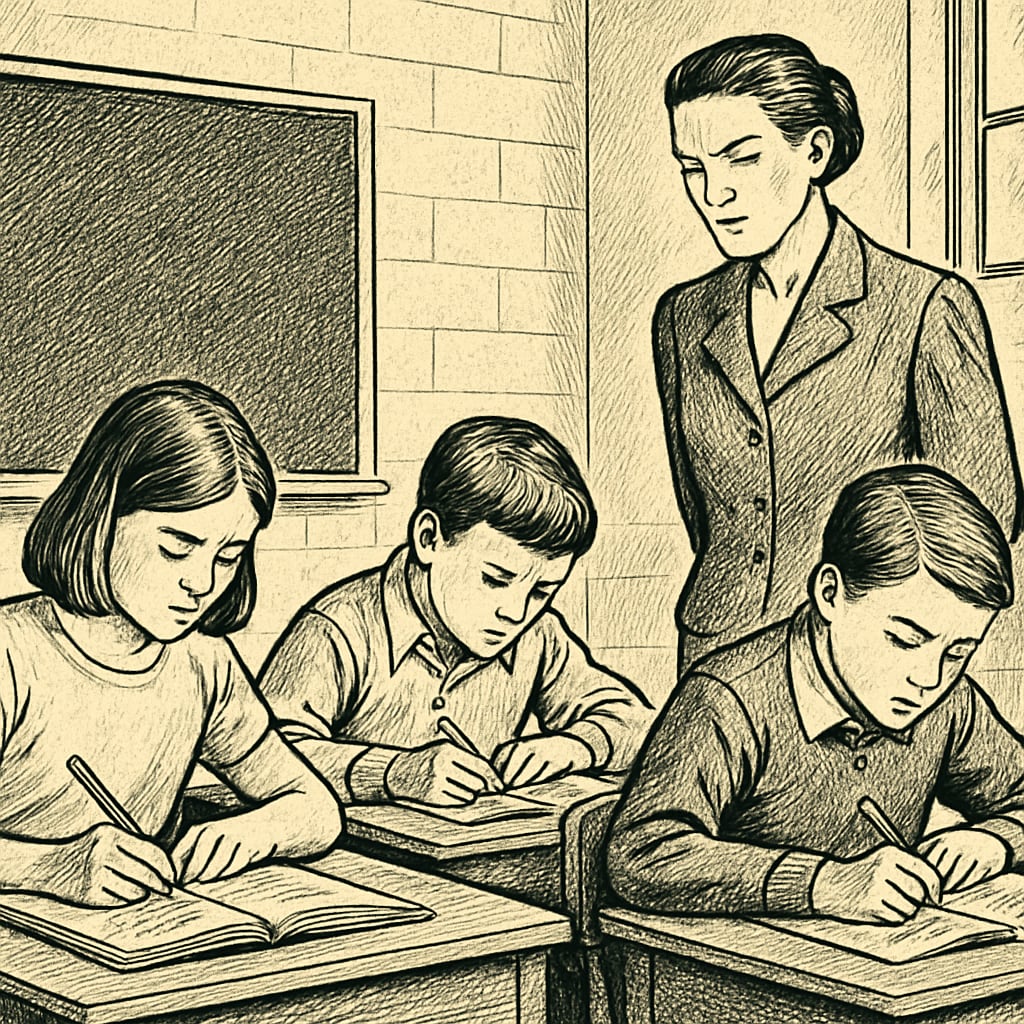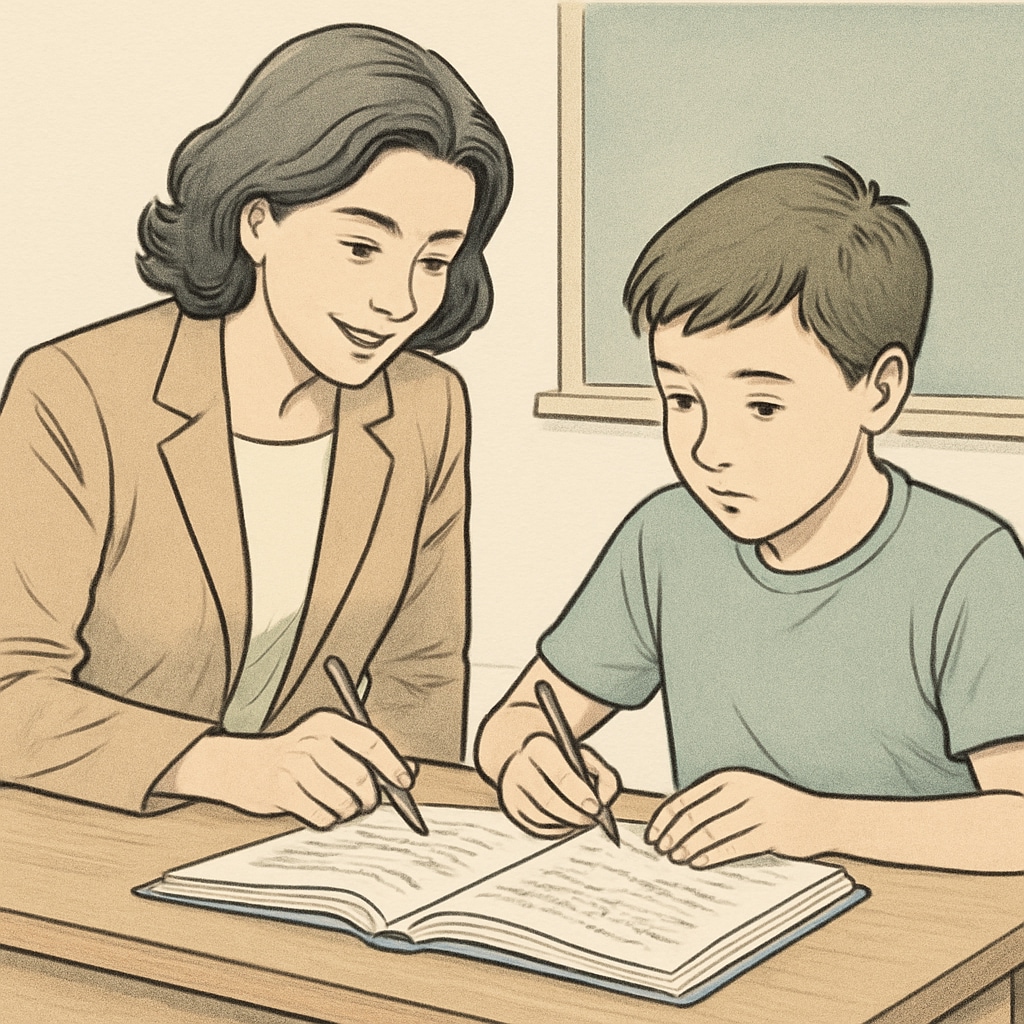Can the pursuit of excellence in education justify the use of extreme methods that compromise students’ mental health? This question highlights the ethical tension in education extremes, strict teaching methods, and balancing well-being. The film Whiplash (2014) provides a lens to explore this debate. Its portrayal of a demanding music teacher who pushes his student to the brink raises a pressing concern: How far can educators push their students before the pursuit of excellence becomes harmful? K12 education today increasingly mirrors this dilemma, making it crucial to address the balance between high expectations and emotional care.
Lessons from Whiplash: The Ethical Dilemma of Strict Methods
In Whiplash, the protagonist Andrew Neiman suffers under the relentless pressure of his jazz instructor, Terence Fletcher. Fletcher’s philosophy is simple: greatness demands sacrifice, and mediocrity stems from leniency. While Andrew achieves remarkable progress, his journey comes at a high cost—an emotional breakdown and shattered relationships. The film exemplifies the “Whiplash Dilemma,” where the line blurs between pushing for excellence and inflicting harm.
This ethical conundrum is not limited to the arts. In K12 education, similar strict methods are often employed under the guise of preparing students for competitive futures. Whether it is excessive homework, relentless testing, or harsh discipline, these practices may foster academic achievement but frequently undermine mental health. A 2021 study published in Britannica shows that students experiencing high academic pressure are more likely to report anxiety and depression. The challenge, therefore, lies in balancing rigor with care.

Finding the Balance: High Standards with Human Connection
Contrary to Fletcher’s belief, research increasingly supports that effective teaching does not require cruelty. In fact, positive teacher-student relationships often lead to better academic and emotional outcomes. A report from the Positive Psychology Center emphasizes that students thrive in environments where they feel supported and encouraged. Such environments foster resilience and intrinsic motivation, which are critical for long-term success.
To strike a balance between high standards and well-being, educators can adopt the following strategies:
- Set clear but achievable goals: Educators should challenge students without overwhelming them. Goals should be tailored to individual capabilities.
- Foster open communication: Students should feel comfortable discussing their struggles without fear of judgment or punishment.
- Incorporate social-emotional learning (SEL): Teaching emotional skills alongside academics helps students cope with stress and develop empathy.
- Regularly assess mental health: Schools can implement periodic check-ins to ensure students are not facing undue stress.

Beyond the Classroom: A Systemic Approach
While individual educators play a crucial role, systemic changes are necessary to address the root causes of excessive pressure in K12 education. Policymakers and school administrators must reconsider metrics of success. For instance, overemphasis on standardized testing often drives schools to adopt rigid teaching methods that prioritize grades over learning. Shifting the focus to holistic development, including creativity, critical thinking, and emotional intelligence, can create a more balanced educational ecosystem.
Moreover, parental involvement is key. Parents often unknowingly contribute to the pressure by setting unrealistic expectations. Educating parents about the importance of mental health and balanced development can cultivate a supportive home environment.
Conclusion: Redefining Excellence
Education extremes, strict methods, and well-being are deeply interconnected. As the “Whiplash Dilemma” demonstrates, the pursuit of excellence should not come at the expense of students’ mental health. Instead of glorifying extreme rigor, educators and institutions must strive to create environments where students can excel without sacrificing their well-being. By combining high standards with human connection, we can redefine excellence to include not just academic success but also emotional resilience and happiness.
In a world that increasingly demands innovation and empathy, the true measure of education lies not in the accolades of a few but in the holistic growth of all. As Fletcher might say, the “next Charlie Parker” does not need to suffer to succeed—they need to thrive.


